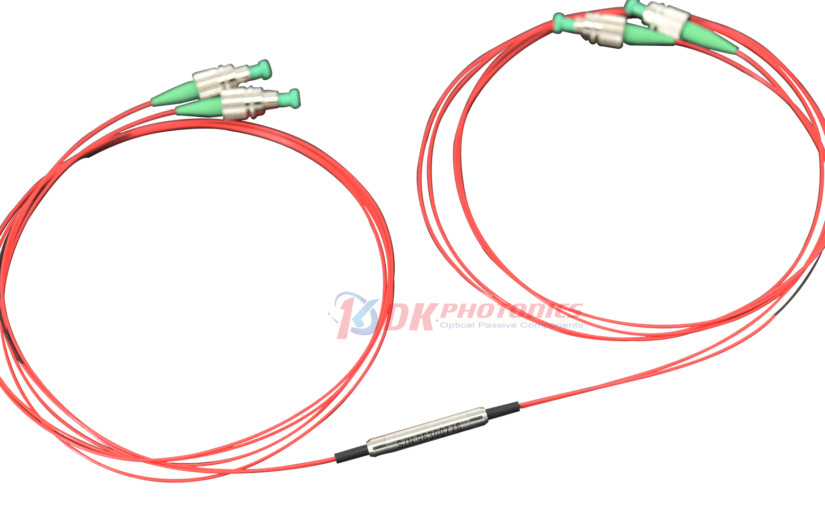In the world of fiber optic communications, maintaining the polarization of light signals is important for ensuring reliable data transmission and efficient signal processing. This is where Polarization Maintaining Filter Couplers (PMFCs) play a pivotal role.
Due to their ability to maintain light’s polarization state, these specialized optical components offer improved stability and performance in a range of photonic applications.
Understanding Polarization Maintenance
The term “polarization” describes how an electric field is oriented within a light wave. In a fiber optic system, the polarization of the light can easily become scrambled or distorted due to various environmental factors, such as bending, twisting, or temperature fluctuations. This polarization instability can lead to signal degradation, reduced efficiency, and even data loss.
Polarization Maintaining Filter Couplers are engineered to mitigate these challenges by maintaining the polarization state of the light as it travels through the optical system. PMFCs maximize the overall performance of the fiber optic network by maintaining the polarization, which guarantees that the light propagates in a consistent and predictable manner.
Key Factors for Maximizing PMFC Performance
To maximize the performance and stability of Polarization Maintaining Filter Couplers, there are several important factors to consider:
Precise Alignment
Proper alignment of the PMFC is crucial for ensuring optimal polarization maintenance. The input and output fibers must be precisely aligned to ensure that the light beam is coupled efficiently, without introducing any unwanted polarization changes.
Careful Design and Construction
The internal structure and materials used in the PMFC design play a significant role in its ability to maintain polarization. Manufacturers must carefully engineer the coupler’s components, such as the waveguide and coupling region, to minimize polarization-induced losses and maintain a stable polarization state.
Environmental Stability
Polarization Maintaining Filter Couplers must be able to withstand various environmental conditions, such as temperature fluctuations, mechanical stress, and vibrations, without compromising their performance. Robust construction and the use of materials with low thermal expansion coefficients can help ensure the PMFC’s stability under varying environmental conditions.
Wavelength Dependence
The performance of a PMFC can be influenced by the wavelength of the light being transmitted. Manufacturers often design PMFCs to operate optimally within a specific wavelength range, ensuring consistent polarization maintenance across the desired spectrum.
Careful Handling and Installation
Even the most well-designed Polarization Maintaining Filter Coupler can experience performance degradation if it is not handled and installed properly. Careful attention must be paid to minimizing mechanical stress, avoiding contamination, and ensuring secure mounting to maintain the coupler’s polarization-preserving capabilities.
By addressing these key factors, users can maximize the performance and stability of Polarization Maintaining Filter Couplers in their fiber optic systems.
Furthermore, advancements in PMFC design, manufacturing, and testing techniques continue to push the boundaries of what these optical components can achieve. As the demand for high-performance, polarization-sensitive photonic devices grows, the importance of Polarization Maintaining Filter Couplers will only continue to increase.
